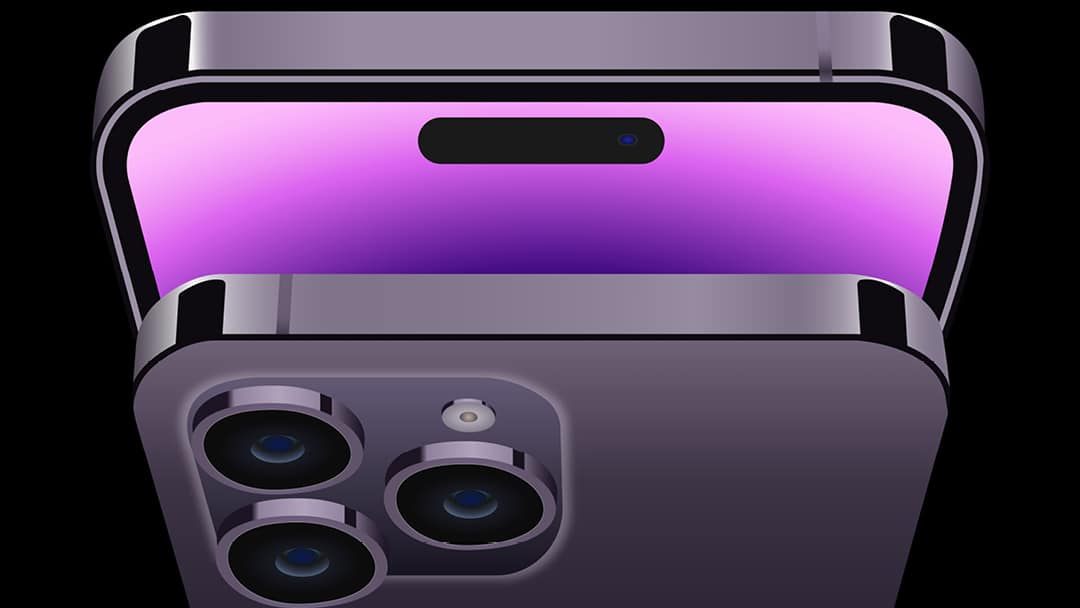Apple announced this year’s new range of smartphones at their ‘Far Out’ developers conference on September 7th. This includes four new devices; named, iPhone 14, iPhone 14 Plus, iPhone 14 Pro, and iPhone 14 Pro Max. Each device has varying release dates and this isn’t the first time that Apple has staggered drops across devices, doing the same in 2020 with the iPhone 12 range. For an idea of when a couple of the devices will be available – the standard iPhone 14 model will go on sale on 16th September, while the iPhone 14 Plus will be available from 7th October.
This year’s price increases have caused much controversy among British consumers, with the iPhone 14 costing from £849.00; the iPhone 14 Plus costing £949.99; the iPhone 14 Pro costing £1,099.00; and the iPhone 14 Pro Max costing a whopping £1,199.00. These increases have been compounded by the falling of the British Pound against the US Dollar and also rapidly rising inflation in the UK. In the US, there has been no price increase on any of the models, it is just in the UK where there has been a 10-20% jump in the asking price. It remains to be seen if this will affect sales figures, especially since Apple hasn’t offered a more economical mini/small version of the handset this year.
In terms of specification, the smaller iPhone 14 and iPhone 14 Pro have a 6.1-inch display; whereas the larger iPhone, 14 Pro Max, and iPhone 14 Plus have a 6.7-inch display. The ‘Pro’ models have a 120Hz display in addition to the above. There is improved battery life on all devices, with the larger phones having an even greater charge capacity (made possible by the bigger devices being able to hold a larger physical battery in terms of size). During the same announcement, Apple also announced their new iOS 16 operating system, which will be available as standard on all new devices. Owners of previous & relatively recent iPhones will also be able to download this free of charge to their existing devices.
As all of us know, and probably from personal experience, all touch screen smartphones can be prone to a smashed screen when ill-handled. This can be very costly, and also a frustrating time as the user can be without a device + out of pocket for the repair cost. Custom Labels Ltd has experience in producing hundreds of thousands of warranty labels used in the repair process of phones, such as the Apple iPhone. This type of label can also be used on any type of electronic device, to the same effect. Examples of this are, PC’s/laptops, tablets, smartwatches, gaming controllers, other smartphones, and any other handheld device.
These are generally manufactured on a VOID material, which leaves behind a ‘VOID’ print and helps to prevent an unwanted user from removing the label. This helps to prevent false warranty claims, which can cost repair businesses a lot of time and money. Please note that we also offer these in a tamper-proof Ultra-Destruct Vinyl; this will fragment under the user’s fingernail if a pick is attempted. This deters removal of the label and can act as a deterrent for unwanted entry to the inside of devices, again helping to prevent false warranty claims.
An example of this is our work with iSmash, which is an electronic device repair company. They have previously purchased our VOID Polyester material for this purpose and use these on the internal casing after a repair has been completed. If the label has been tampered with by an unwanted user, then this invalidates the warranty period that they offer. If you would like a quotation or sample pack then please contact via sales@customlabels.co.uk or 01278 433800.


Recent Comments